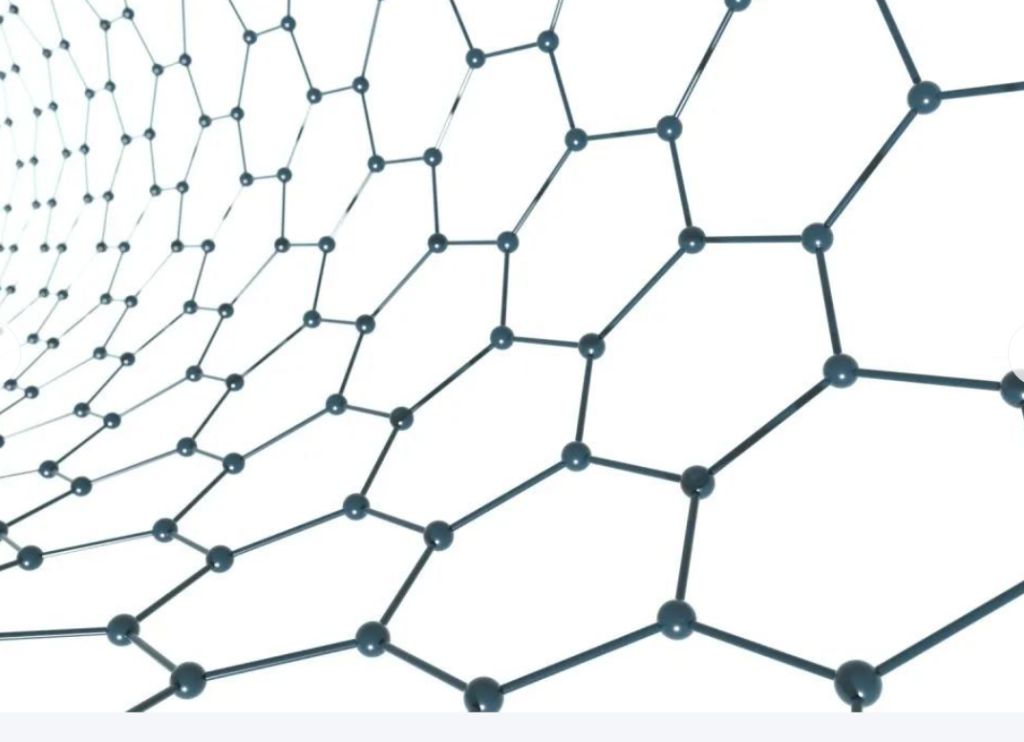Graphene Coatings in Urban Public Infrastructure: Real-World Applications

Antibacterial Demand Surges Post-Pandemic
The COVID-19 pandemic drastically increased awareness of hygiene in public spaces. High-contact surfaces such as metro railings, elevator buttons, and restroom handles are being re-evaluated for long-lasting antimicrobial protection.
Case Studies: Graphene in Action
-
Beijing Metro Stations: In 2024, graphene-coated railings were installed at pilot locations. Lab tests showed a 97.8% reduction in surface bacteria.
-
Hospitals in Guangzhou: Door handles and push carts are now covered with graphene antimicrobial films, enabling 24/7 passive protection.
-
Singapore Changi Airport: Graphene sprays are used on seat backrests and charging zones to ensure hygienic passenger contact.
Why Urban Planners Choose Graphene Coatings
-
Long-Lasting Protection: Coatings remain active for up to 24 months
-
Invisible and Comfortable: Maintains aesthetic and tactile quality
-
Non-Toxic and Eco-Friendly: Free of heavy metals and harmful emissions
-
Versatile Surface Compatibility: Adheres to metal, plastic, ceramic, and more
Cost vs. Value: The Long-Term Benefit
While initial costs are higher than standard paints, the long-term return includes reduced cleaning frequency, fewer surface infections, better public trust, and a more sustainable urban hygiene system.
Public Policy and Market Trends
Several Chinese municipalities have included “antibacterial infrastructure upgrades” in their smart city plans. By 2025, over 1,000 metro and public health zones are expected to integrate graphene coatings, driven by both public tenders and private adoption.
Conclusion
Graphene coatings have moved beyond the lab and into everyday urban life. Their role in enabling “contact-safe cities” is becoming as fundamental as Wi-Fi and LED lighting. As adoption scales, graphene is set to become a cornerstone of future-ready infrastructure.

